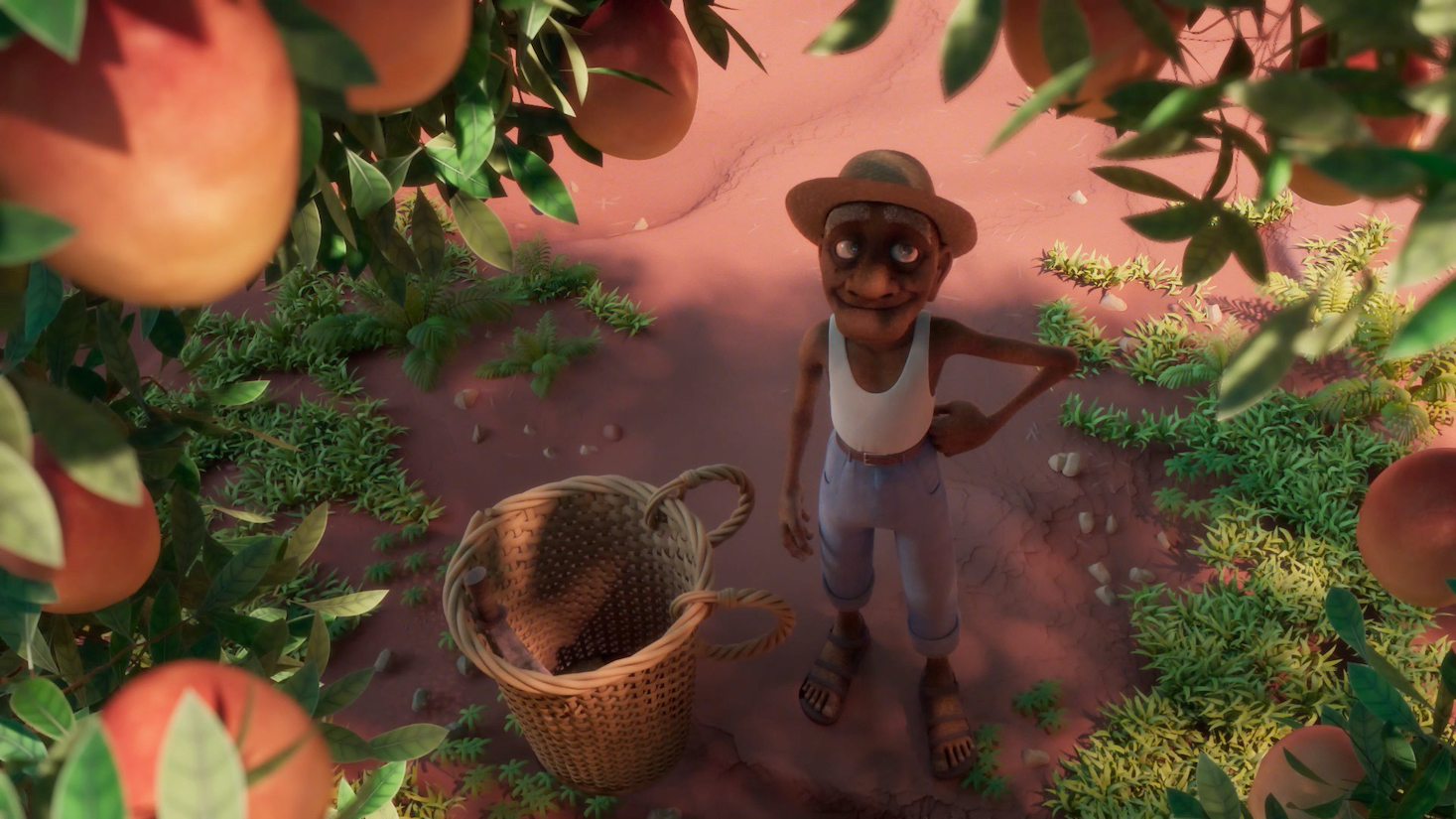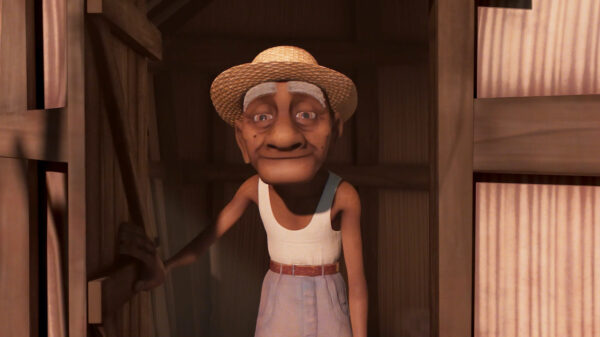The beauty of ‘ugly’ animals - creators of the film The Finger of Death as interviewed by Kuba Armata

Mazarine Miloudi, Melanie Levaux, Pauline Mahieu, Oriane Gros and Sebastien Pages, creators of the film The Finger of Death as interviewed by Kuba Armata.

Kuba Armata: The Finger of Death is a striking pro-ecological animation. Within just a few minutes, you take up issues important in the context of our planet. Where did this idea come from?
The filmmakers: It all started with two topics we were particularly interested in. One of them was the problem of environmental conservation in general, while the other was related to the fact that more and more animal species are irretrievably disappearing from our planet. We thought about making a film that would not only move the audience, but also make them reflect on those issues. In the research process, we decided to focus on the latter problem, specifically on the ‘ugly’ animals that nobody is particularly interested in. They are not attractive enough to be present in the public space. This is how we discovered the type of lemur called aye-aye (daubentonia madagascariensis). The mammal is characterised by its long, thread-like finger, which gave rise to a peculiar island legend. Since we chose the animal as the protagonist of our film, it was only natural that the action should take place in Madagascar, the place it is native to. The island itself is very much affected by another serious ecological problem, namely massive deforestation. This is another thing we decided to talk about.
Are these themes with all their implications relevant to you, not only from the perspective of directors, animators, but also – young people?
This is exactly the case. In a way, they can be approached as a kind of historical injustice. After all, it is the young who will bear the burden of the catastrophic consequences of climate shocks, resulting from the reckless actions of older generations. Young people will have to fight to save what remains to be saved. They must also learn to live in a world that is changing ever more rapidly. However, we wanted The Finger of Death to bring hope. The younger generations are the future of this world, so hope is the last thing they can afford to lose.
You mentioned the animation’s location, which is Madagascar – an island in the Indian Ocean, popularised largely thanks to an animated series adored by young viewers.
The decision for the action to take place there is mainly due to the fact that it is the native environment for aye-aye. What is more, this is an exceptional area in terms of endemic fauna and flora, and we wanted to explore this aspect on a larger scale. We set the story in the north-eastern part of the island, where many extremely interesting plant species can be found. Among them: orchids, ravenala or dypsis. The Finger of Death is also a kind of encouragement to get to know them better. The last reason is slightly less optimistic, namely the problem of deforestation, which we have already mentioned.
I must admit that it was because of your film that I first heard about the animal and the interesting legend associated with it. Do you see this species as a kind of symbol of a bigger problem we are facing today?
We also became aware of this species ourselves through the documentation we were doing for the film. We were intrigued and moved by this interesting, if somewhat sad story. We immediately thought that it could be a symbol not only of the problem of climate deregulation, but also of the injustice and harm that people do to animals. We also saw aye-aye as a representative of species that are being completely neglected by man and are disappearing from our planet, and people being indifferent to this. So it was clear to us from the very beginning that this animal would be a kind of symbol, and on many different levels.
When you think about the future of our planet in terms of the issues you chose to address in your film, are you optimistic or rather pessimistic?
Despite everything, we try to remain optimistic. There are certainly many problems with our environment where it may be too late for action, but we believe that change not only should, but also must happen. There is still hope that we can build a better future for the generations to come.
Do films, even if they are only a few minutes long, like The Finger of Death, have the power to change reality or inspire broader discussion on a particular social issue?
Just like in the story of the hummingbird – even the smallest thing can bring about a change in the world. The more people are surrounded by literature, films, information on a subject, the more they will be aware of the reality they are living in and the problems it has to deal with. This may lead them to change their point of view, and it is only a small step from that to actually taking action.
Do you think that nature and animals can be good teachers for us?
Certainly. We can learn a lot from our environment – other animals, nature. Humans are not the centre of everything, we are not omnipotent. We have reached the very edge of the abyss in self-destruction. To the point of no return. In order to save what can still be saved, people must acquire knowledge about ecosystems and the balance of nature. All this to make our lives a little more peaceful and, above all, less destructive than previously.
The film was made as a collaboration between a group of students. How did it look like in practice?
Until March 2020, we worked on it at school under the watchful eye of our supervisors. We divided the work on the film according to skills and interests. Then, unfortunately, the pandemic started, which meant we had to improvise a bit and ended up finishing the film by working remotely during the lockdown. We wanted to convey the message that had been with us from the beginning as fully as possible. We wanted the audience to be completely immersed in the world we were showing.
What is it about animation as a film technique that you find attractive?
It’s an ideal form to appeal to children, but also to adults, so that they really immerse themselves and give themselves over to the story and the topics that the creators want to talk about. It’s a great way to discuss serious issues using a relatively light form. So as to educate, give hope, but also entertain at the same time.
Interviewed by Kuba Armata


